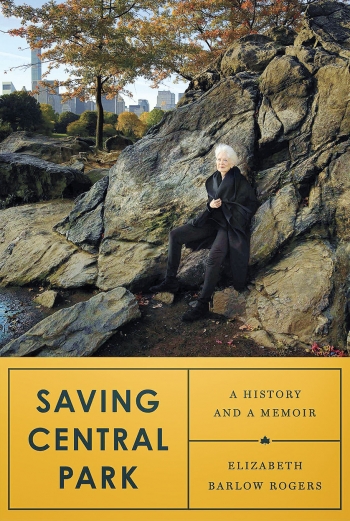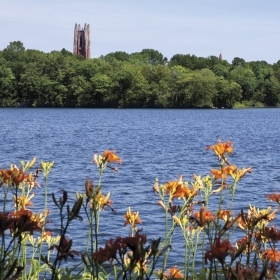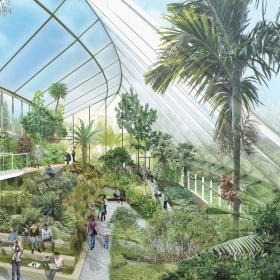Elizabeth Barlow Rogers ’57, New York City’s first Central Park administrator and recipient of the 1989 Alumnae Achievement Award, has written a memoir/history of her remarkable leadership in restoring, conserving, and managing the city’s green heart. We caught up with her by phone in New Mexico, as she was packing up to return to Manhattan and her daily walks in the beloved park she helped to save.
What did attending Wellesley mean for you?
Wellesley changed my life by enlarging my sense of self. When I came to Wellesley, I was a homesick Texas girl. I’d gone to a nice private school, and we were all expected to go back home after sophomore year. And some of my Texas friends did just that—go to the university, join a sorority, marry Mr. Right, and join the Junior League. It came to me like a startling recognition that ah, I didn’t have to go back. I could stay at Wellesley. I just loved majoring in art history, and I loved walking across the beautiful campus.
You became president of the Central Park Conservancy in 1980. What’s your connection with the park today?
I walk there every day. By the time I make a circle and go back to my house, it’s about an hour, about two miles. It’s really gratifying that people still come up to me every spring and think I painted every blossom on every tree and say thank you, thank you. But I don’t deserve all the credit. It’s really my successors, or people I hired, some of them over 30 years ago, who carried it on. And it’s all according to the management and restoration plan that we worked on between 1982 and 1985. The park restoration has just kept unfolding, and we’re in a golden age. It has never, never, never looked better.
The park is so essential to the identity of New York.
I’ve always felt that way, and that was the message that I tried to convey in the very beginning—that it was a symbol of the health of the city.
Did your career follow a path you expected?
I certainly wasn’t going to sit at a corporate board, except the one we created for the Central Park Conservancy. I didn’t run into a glass ceiling, but I felt that I wormed my way up through the soil of a green roof. And there I was, looking up at the sky. I didn’t have a pilot’s license, but I had to learn to fly.
Grace, a senior associate editor of this magazine, often gratefully escaped to Central Park during the two years she lived in lower Manhattan.







We ask that those who engage in Wellesley magazine's online community act with honesty, integrity, and respect. (Remember the honor code, alums?) We reserve the right to remove comments by impersonators or comments that are not civil and relevant to the subject at hand. By posting here, you are permitting Wellesley magazine to edit and republish your comment in all media. Please remember that all posts are public.